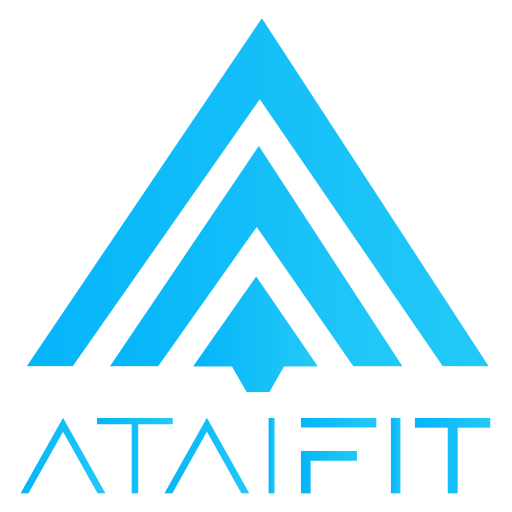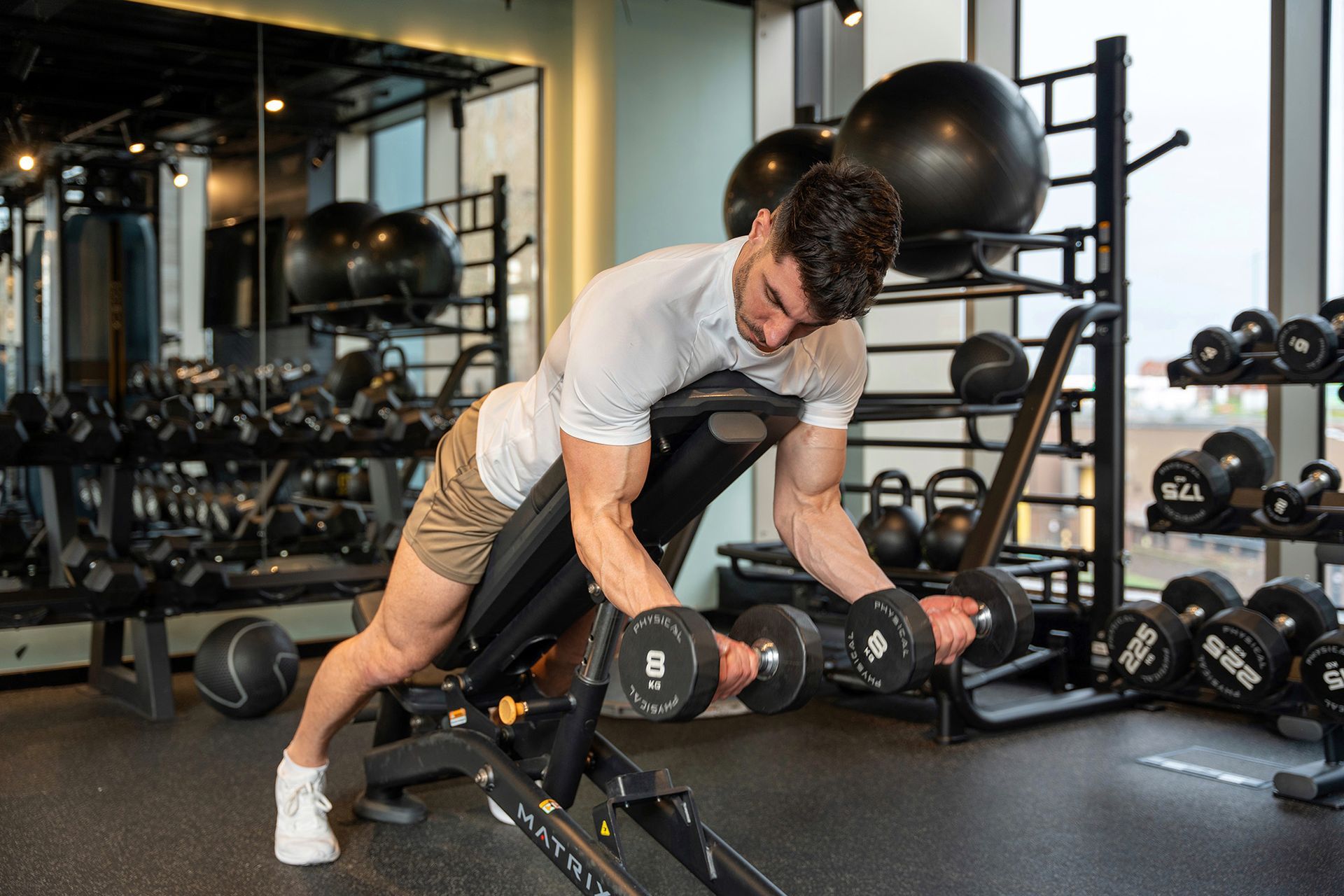Blog - ATAIFIT

1. Calorie Deficit is Key
Understanding Body Fat:
To reveal abs, reducing body fat is essential, which requires a consistent calorie deficit. When I first started, I found that a deficit of 500 calories per day was effective for a gradual fat loss without losing muscle. Begin here and adjust as you go, based on your progress.
Tracking Your Intake:
Tracking calories can feel daunting at first, but using apps like MyFitnessPal made it easier for me to stay on track. It allowed me to stay in the right deficit and avoid undereating, which was crucial to maintaining muscle while losing fat.
2. High Protein for Fat Loss
Protein’s Role in Fat Loss:
Protein is more than just a muscle-builder – it’s a powerful tool for fat loss. I noticed that increasing my protein intake boosted my metabolism and helped me feel fuller, which reduced cravings. Aim to include protein in every meal to help keep hunger at bay.
Best Protein Sources:
Personally, I found that lean meats like chicken, fish, and eggs were easy to incorporate, along with plant-based proteins like beans and lentils. These sources kept my diet diverse and nutritious while supporting my goals.
3. Smart Carb Choices
Avoid Processed Carbs:
Refined carbs and sugars were some of my biggest challenges, especially since they easily lead to fat gain around the abdomen. Cutting back on white bread, pasta, and sugary snacks made a big difference in my progress.
Opt for Complex Carbs:
Switching to complex carbs like sweet potatoes, brown rice, and oats gave me steady energy throughout the day without the sugar crashes. This change supported my workouts and kept my energy levels consistent.
4. Healthy Fats for Abs
Fats That Help Burn Fat:
Healthy fats, like those from avocados, nuts, seeds, and olive oil, were key for me. They provided essential nutrients and, surprisingly, even helped with fat loss when eaten in moderation. Adding these to my meals helped me feel satisfied and energised.
Avoid Trans Fats:
I also made sure to avoid trans fats, as they increase belly fat and contribute to other health issues. Processed foods contain a lot of these, so I focused on whole, unprocessed foods as much as possible.
5. Stay Hydrated
Water for Fat Loss:
Drinking enough water became a staple of my routine. It helped flush out toxins, reduced bloating, and kept my metabolism steady. I aim for at least 2-3 litres daily, which I found to be optimal for my needs.
Avoid Sugary Drinks:
I also cut out sugary sodas, juices, and excess alcohol, as they contribute to fat gain, particularly around the belly. This small change had a big impact on my results.
Conclusion
Eating for a six-pack involves focusing on whole, nutrient-dense foods, staying in a calorie deficit, and prioritising protein. Pair this with a solid workout routine, and your abs will start to reveal themselves over time. If my journey taught me anything, it’s that the right diet and consistency are everything.
Example Meal Plan for a Six-Pack:
Breakfast:
Scrambled eggs with spinach and a side of whole-grain toast (high in protein and fibre)
Lunch:
Grilled chicken breast with quinoa and roasted vegetables (lean protein and complex carbs)
Dinner:
Salmon fillet with steamed broccoli and sweet potato (healthy fats and fibre)
Snack:
Greek yoghurt with a handful of almonds (protein-packed with healthy fats)
This meal plan shows how simple, nutrient-dense meals can fuel your journey towards a leaner, more defined body. Ready for a personalised meal plan tailored to your goals? Join my programme today and get everything you need to achieve your six-pack!

